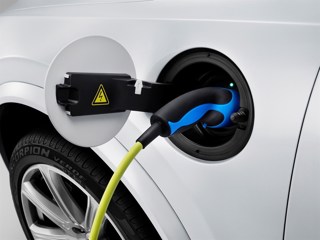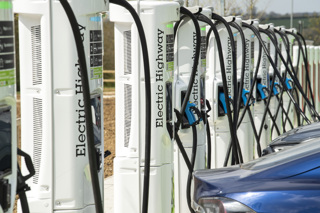The cost of owning and running a car has soared since the Brexit referendum in June 2016, according to new research by Vantage Leasing.
Affecting outright purchase fleets and drivers who choose cash over car the most, political uncertainty and a weakened pound have played their part in causing key motoring costs to rise higher than the rate of inflation.
Further increases are a very real possibility as the country prepares to leave the European Union at the end of January 2020, the leasing company warns.
“Since the Brexit referendum was held three and a half years ago, there has been a gradual but very tangible increase in the cost of running a car,” said James Buttrick, Marketing Manager of Vantage Leasing.
“With so much uncertainty around the details of the UK’s departure from the EU, the automotive industry has found itself one of the worst affected. It’s hard to see that getting any better for the industry or the motoring consumer as we finally head towards Brexit,” he added.
The Vantage Leasing report – analysing various car ownership costs – shows showroom prices have rocketed since the UK voted to leave Europe, with the average cost of a new car shooting up by 12.3%, according to figures published by the Office for National Statistics (ONS) as part of its consumer price index.
As an example, in November 2016 the on-the-road price of the Vauxhall Corsa 1.4i (75PS) Design 5dr was £12,480. In June 2019, the same model cost £14,025 – a 12.4% increase.
Automotive industry insiders argue that, faced with increased importing and raw material costs due to the falling value of the pound, manufacturers have raised list prices and reduced customer discounts to compensate.
Other key ownership costs have increased, too. Figures show that the average car insurance premium in Q3 2019 was £783 – a £46 (6.2%) increase over the average cost in Q3 2016.
Typical maintenance costs have also risen. The average cost of replacement car tyres has increased by 6.4% since July 2016, while the cost of spares and accessories has jumped by 8.7%. The cost of vehicle maintenance and repairs has jumped 9.2%.
In contrast to steadily climbing new car prices and maintenance, the cost of fuel has fluctuated since the referendum. The net result is still higher costs for drivers, however. In July 2016, the average price for a litre of premium unleaded petrol was £1.16. In October 2019, the average was £1.27 – a 9.2% increase.
Overall, this means that the cost of filling the 55-litre fuel tank of a medium-sized car from empty has risen by £6.05, from £63.80 to £69.85.
Diesel prices have risen even more sharply, increasing from £1.19 to £1.32 over the same period – an 11.1% jump. Those who run their car on super unleaded have paid the greatest price, with the cost of a litre rising from £1.24 in July 2016 to £1.39 in October 2019 – an 11.6% increase.
For drivers covering 12,000 miles a year in a car that returns 45mpg, the increase in fuel costs means that, at October 2019 prices, they will spend an extra £129 per year on premium unleaded.
A diesel car returning the same fuel economy and covering the same mileage will cost owners £160 more per year than in July 2016, while those running their car on super unleaded will pay a hefty £175 more per year for fuel.
Read the full report here: https://vantage-leasing.com/blog/motorists-already-paying-the-price-for-brexit-as-costs-soar-since-referendum




















Login to comment
Comments
No comments have been made yet.